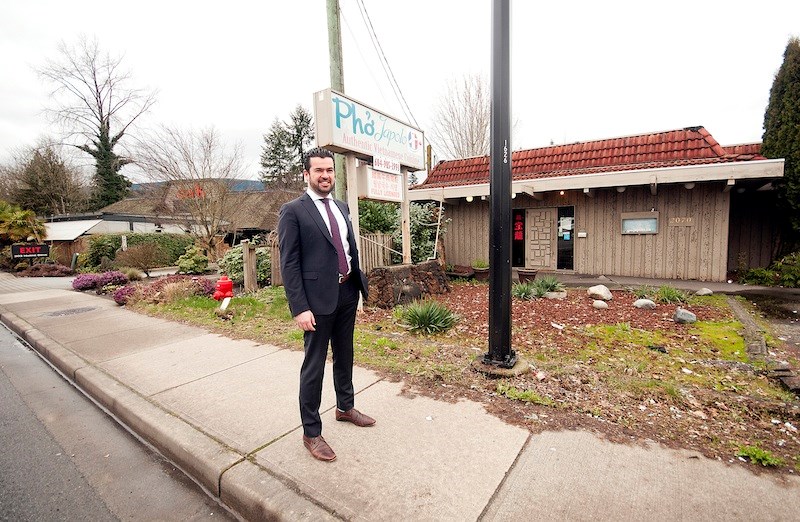Prices considered shockingly high just months ago seem almost quaint when compared with what speculators are paying this spring for commercial land assembles in Metro Vancouver.
During the first half of 2015, according to the Landshare report published by Colliers International, Onni Development Corp. paid the equivalent of $16.3 million per acre for a five-acre site on West 57th Avenue in Vancouver, and Cressey Development’s $26.5 million purchase of a 31,666 square-foot site site near West 49th and Arbutus also tested the high end of the market. But this January, an offshore investment group paid $19.8 million for a 20,000-square-foot site – less than half an acre - on Granville Street at West 68th Avenue.
In a growing number of transactions this year, speculators appear willing to pay up to $1,000 per square foot – equal to $44 million per acre – for Vancouver commercial land assemblies. This is about three times higher than the prices that rocked the market in 2015.
In the third quarter of last year, there were 192 commercial land sales registered with the Land Title and Survey Authority of BC, a 28.9 per cent increase from the same period a year earlier. The dollar value of land sales was $839 million, up 47.5 per cent from a year earlier.
And then prices began to accelerate.
“In the last 90 days, prices have just taken off,” said Medhi Shokri, a specialist in Metro Vancouver commercial land assemblies.
Shokri, a principal with Avison Young, assembled and sold two commercial land packages in 2014 in West Vancouver and North Vancouver at around $80 per buildable square foot. “They are likely worth much more today,” Shokri understated. Both sites, which now house restaurants and a Travelodge motel among other commercial outlets, are to be developed into condominium and townhouses.
The land action also embraces the industrial sector. The Fraser Valley in particular is seeing “big raw land deals at big numbers,” said Kirk Kuester, executive managing director, Colliers International.
In the commercial market, a current strategy is to assembly a commercial site with potential for high-density mixed-use development (for instance ground floor retail with residential condominiums above) and apply for the re-zoning and development permits. Then, rather than actually building the project, the owner flips the land and the permit approvals to another developer for a hefty profit.
There is some concern that speculation in commercial real estate may follow a trend seen in the housing market, where houses are left vacant for months, even years, as long-hold investors wait to sell at a higher price. Along Denman Street in Vancouver’s West End, for instance, at least 20 of the street’s 318 storefronts have been vacant, some for years. A similar trend is developing in the Dunbar area on Vancouver’s West Side and even along the downtown’s Granville Street.
But Shokri doubts such fears are realistic. Unlike residential speculators, he noted, most commercial investors count on continued lease income as they wait for re-zoning and development applications to be approved, a process that can take two years or more.
Some retail tenants in Class B or C storefronts – a favorite target of land assemblies – may find it too expensive to remain in a neighourhood, however. Class B rents across Metro Vancouver average $35 per square foot but are normally much higher when redevelopment – on much more expensive land – is complete. “You can’t build a brand new [retail] building and expect the rents to stay the same,” Shokri said.



